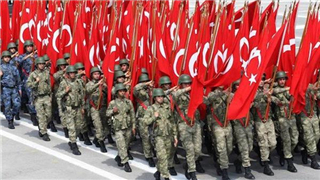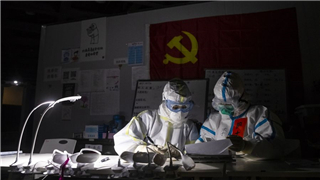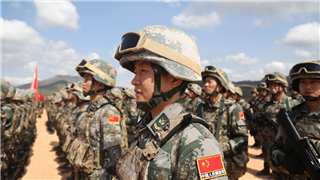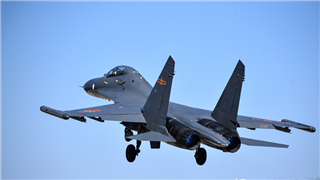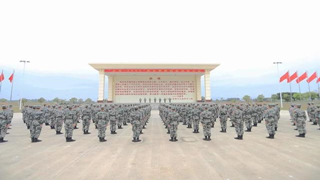
By Cheng Hanping
Since late January, US warships have travelled within 12 nautical miles of the South China Sea islands in Chinese territory five separate times. Three instances happened close to one another on March 10, 13, and 15. The US took the move when the novel coronavirus was spreading in the US, which sent a dangerous signal.
The current US administration wants to shift attention from its failure in containing COVID-19 and the plummeting stock market, so it is increasing efforts to escalate tension in the South China Sea region.
The US government, including the defense department, allowed their provocative activities to go unchecked. Meanwhile, the US military, along with the Navy, is being tasked with providing additional resources and personnel to help the country combat the COVID-19 pandemic, an indication of further provocations by the US.
Trump administration has played up the moves in the South China Sea. Such a clear signal could mislead the US Navy to play with fire.
The US has sent warships, including aircraft carriers, amphibious assault and littoral combat ships, and destroyers to the South China Sea. Such intrusions could complicate the situation and may start a China-US military conflict.
The Trump administration and China hawks believe that such actions during the crucial period of the COVID-19 outbreak can shift Americans' attention by inciting nationalist sentiment. This is in line with Trump's characteristic behavior of passing the buck.
Since the outbreak started, US political circles have been chanting that this is a "Chinese virus" or "Wuhan virus," which has escalated antagonism between both countries. At this point, if the US military provokes China in the South China Sea, it could jeopardize bilateral ties.
After the pandemic, the US could draw regional claimant countries, such as Vietnam, to its side, via carrying out maritime exercises and joint military training. The US will use every means to initiate joint efforts to confront China.
In early March, the USS Theodore Roosevelt made the second-ever visit by a US aircraft carrier strike group to Vietnam to mark 25 years of diplomatic relations, and left four days later.
In the face of such provocation, China must raise its guard and should take actions, such as launching military exercises in the South China Sea. This would send a signal to the outside world, especially to the US, that the preparedness of the Chinese military in safeguarding its country has not relaxed amid the COVID-19 pandemic.
(The author is a senior research fellow and professor at the Collaborative Innovation Center of South China Sea Studies, Nanjing University.)

